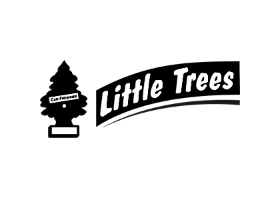Specifications
| Publisher | الدار العربية للعلوم |
| ISBN 13 | 9786140121966 |
| ISBN 10 | 6140121965 |
| Author | ÙÙرة اÙع٠|
| Language | Arabic |
| Book Description | The most important characteristic of the three stories by the writer Nura Al-Amri in this book is that they are directed towards both the Arab family and young people, paying special attention to the age group that lies between children and adultsan age group that has rarely received the interest of writers and authors. "The Moan of Hope" comes as an attempt to shed light on the problems faced by children and to alleviate the injustices in some cases, rekindling hope in life once again; perhaps the art of storytelling can mend what time has broken in society. In the introduction with which Al-Amri opens her work, she states: . in truth, only those who have lost hope turn to fantasy, and such stories plant hope in the hearts that have been worn out by injustice. I mean here the injustice of one human to another by imposing their dominance and oppression upon them. These stories also paint a beautiful smile and a distant dream in the hearts of the oppressed. I will not tell you a myth where the oppressed triumphs in a fantastical manner; rather, I will take you to the reality of the weak. I will share with you the story of the girl Amal, who faces the injustice of societya type of injustice that is among the harshest. What a burden it is for the mountains when society creates a terrifying image for you and judges you based on it! What a life you live, bearing the guilt of a crime you did not commit, not even knowing why it haunts you. Upon a careful reading of the three stories The Tale of Amal, Wait a Little, O Moon, and Where Do I Go, O Mother, we find a focus on the social imagination that is inseparable from cultural unconsciousness, collective memory, traditions, and the negative impact of myths on the lives of children. This is followed by the role of dreams and their function in encouraging children toward a beautiful life, directing the readerespecially parentsto the necessity of valuing ethical principles, prioritizing family bonds and emotional communication, and support with their children. The resulting mutual values and compassion will contribute to fostering behavior peacefully if we want our children to live a healthy psychological life. As the writer states, Do not injure a child, even with a look, for a childs memory does not forget or erase, nor does it ever forgive. As they grow older, their wounds grow along with them, and their pain increases |
| Language | Arabic |
| Publication Date | 3/8/2017 |
| Number of Pages | 80.0 |
Anin Alamal
Added to cart
Cart Total AED 0.00


























































































































